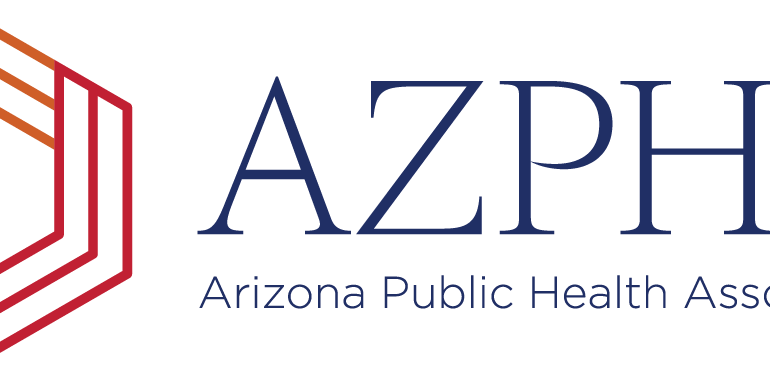Vaccine Eligibility Expansion Leads to Big Changes in Volunteer Incentives & Participation
The “state-organized” mega-sites that have become the flagship of the ADHS’ vaccination brand are built upon a foundation of volunteer labor. A primary incentive to recruit volunteers for the sites has been the thank-you vaccine at the end of a shift. Of course, not everybody has been volunteering for a vaccine- but a significant portion of volunteers are.
Last week I warned that opening vaccine eligibility to all adults would undermine the incentive to volunteer and therefore the business model under which these “state managed” mega-sites operate. The reason is simple. Any adult now qualifies for a vaccine and can now make an appointment at a pharmacy, community health center, county vaccination site or even one of the “state run” mega-sites. They no longer need to volunteer to get a shot.
This week it became clear that the lack of volunteers has resulted in poor throughput at the flagship State Farm mega-site, causing long lines and unacceptable wait times.
I’m not arguing that opening eligibility to all adults was foolish. What I am saying is that it’s foolish not to anticipate how your decisions in one area of the response impact other areas. In this case, how opening eligibility to all adults changes the incentive to volunteer – and what impacts that will have on a business model that RELIES on volunteers.
Effective leaders anticipate what impact their decisions will have and implement plans to overcome response shortcomings. For example, before making all adults eligible, the ADHS should have activated a contract to supplement volunteers with paid staff to the sites using their CDC funding or even money that the Governor has at his disposal through the American Rescue Act. Alternatively, members of the Arizona National Guard could have been scheduled in anticipation of the need to supplement labor needs.
Other solutions could have included shifting the vaccination business model to a more distributed one- with more vaccine going to pharmacies, community health centers, county run PODs and primary care doctor’s offices. Even simply booking fewer appointments per hour would have made a difference.
Over the last week or so, 2 to 3+ hour waits have become commonplace at the flagship State Farm mega-site, making it clear that the state leadership team didn’t anticipate the impact that opening eligibility would have on the incentive to volunteer. Or, if they did, the didn’t implement plans to overcome the challenges that they knew might occur.
Now that there’s increasing media attention on the unacceptable wait times at their flagship site, I expect that they’ll make some decisions to at least make the optics look better, like reducing the number of appointments per hour at their branded mega-sites, or maybe even implementing staffing contingency plans.
One thing is for sure- they’ve invested too much in their State Farm site brand to let it sour.
5pm Update: After denying all day yesterday and today that a lack of volunteer labor was at the heart of the unacceptable delays of the last week, Governor Ducey and Director Christ announced a host of interventions:
-
Using Arizona National Guard troops at their sites (90 per day)
-
Switching to a paid model for their branded mega-sites
-
Adding 30 paid staff per shift
-
Reducing volunteer shifts to 6 hours
They’re still not conceding that the lack of volunteers (and their failure to anticipate that shortage) is the reason why there have been huge wait time over the last week However, all the above interventions are about staffing, so it’s a tacit admission I guess.
At least they’re fixing it now that the media covered the story.


